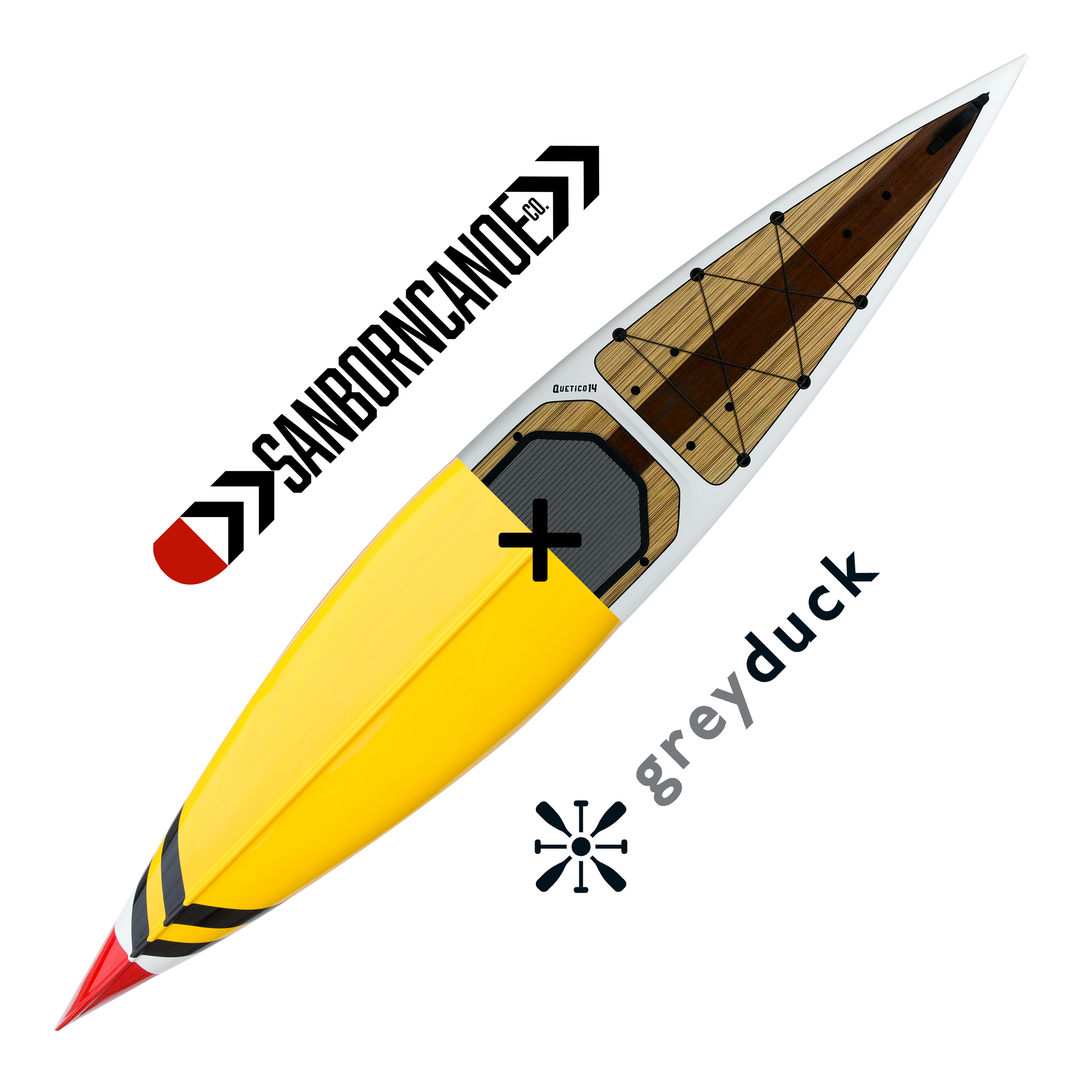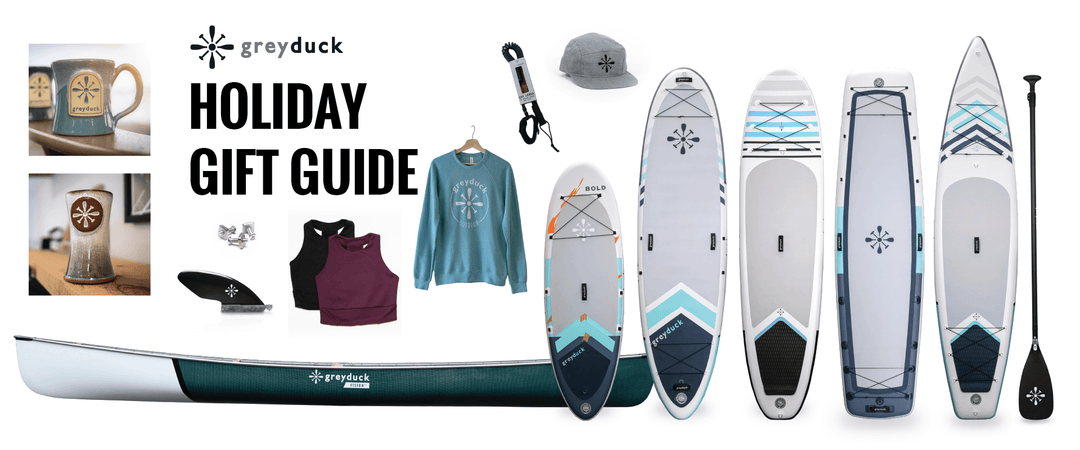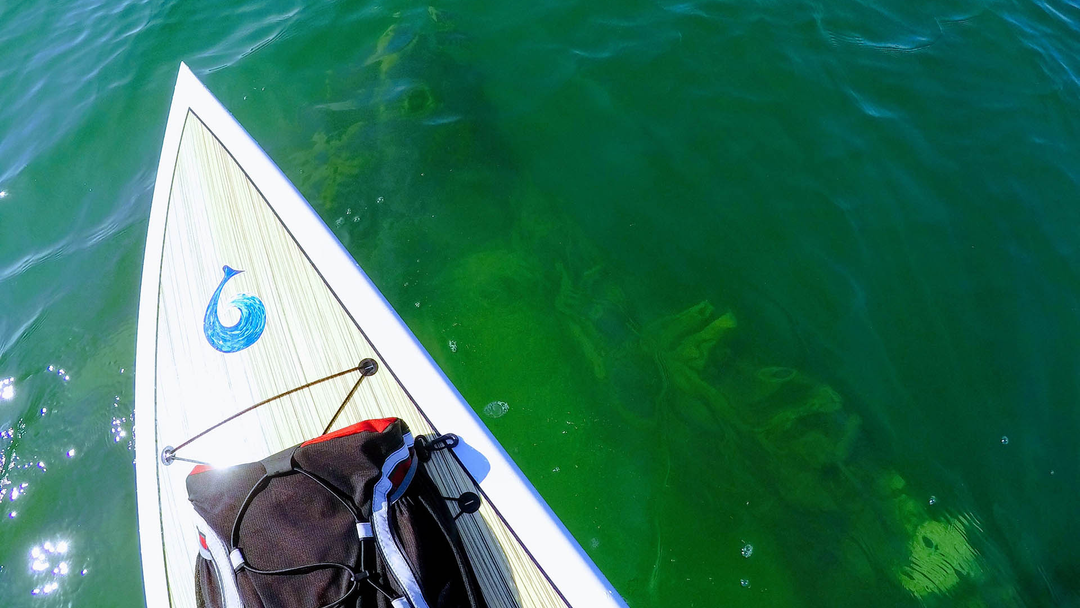All Around Board vs Displacement Hulls

When you start looking at stand up paddle (SUP) boards you are going to notice two standard shapes, the all-around and the displacement hull. Both board types will offer different experiences. Some paddlers will have a preference on board shape and we'll offer up some pros and cons for each type. Additionally, once you decide on a shape/style there are a lot more factors to consider like width, length, construction, and weight but for today we will stick with the main differences between board shapes.

All-Around Boards
Your average all-around board has a rounded tip in the front, will be slightly wider and is fairly flat. It will resemble a traditional surfboard shape but will be larger in size. You'll see many entry-level boards in this style but that doesn’t mean the board is for beginners only. The biggest reason all-around boards are recommended for beginners is for the balance. With the wider board, it offers extra stability which can help tremendously when you are just starting out.
For the more seasoned paddler, using an all-around board can be great when you add in a workout like yoga or conditioning. It’s nice to have the added balance when you are moving around the board more than usual. All-around boards are also great for those lazy summer paddles or bringing along a kiddo or a pup. If you aren’t worried about taking your time, if you are more interested in jumping in the lake or brining along a friend, an all-around is a great option.

Displacement Hull Boards
The displacement hull board, also called a touring board, has a more streamlined look to it with the pointed tip in the front and slightly narrower width. The design of the displacement hull board is meant to help paddlers cut through the water quicker and with less resistance. This can make for a more enjoyable experience for an intermediate or advanced paddler when they are ready for longer paddles or generally wish to go faster.
After spending some time on an all-around board and moving to a displacement hull, you'll notice that you have more control. You'll notice you are able to propel yourself forward quicker and turn faster. The trade off is that you will work harder to keep your balance because the board will rock side to side more easily. If you have been using an all-around board and are looking to upgrade or challenge your balance, or if you have some previous experience paddling, a displacement hull board may be for you.
All in all, there's no wrong choice when it comes to paddle boards. It all depends on what works for you and what you are looking to get out of your paddle boarding experience.






